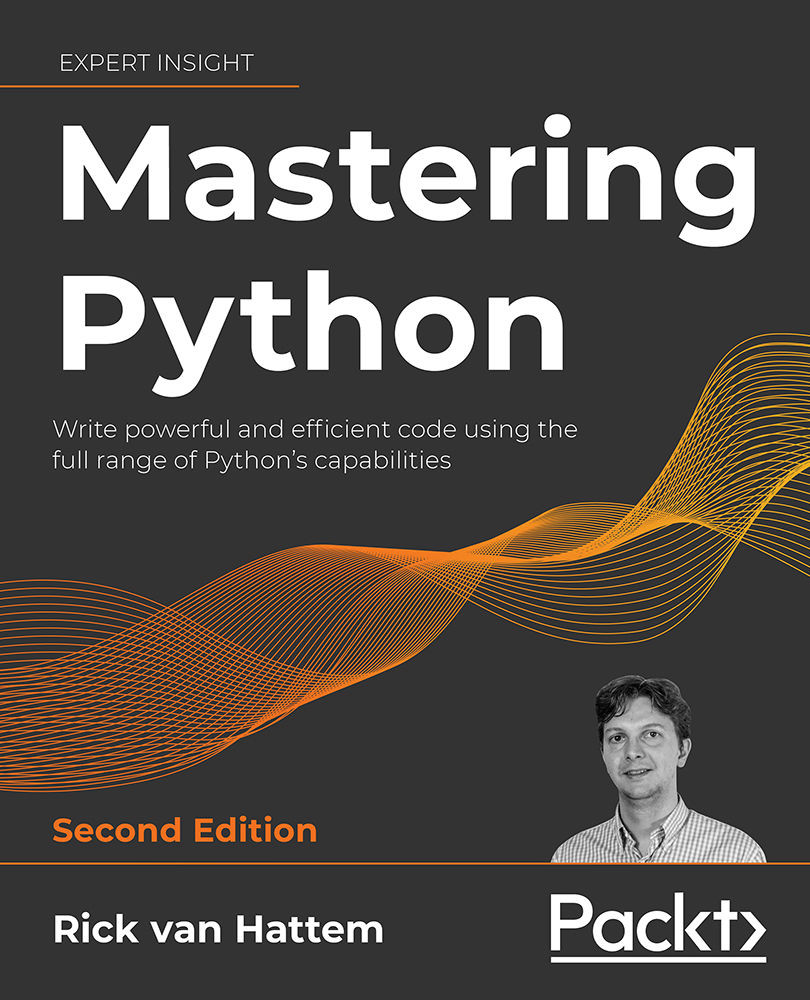Python packages were traditionally built using a setup.py file that contained (part of) the build script. This method usually depends on setuptools and is still the standard for most packages, but we have easier methods available these days. If your project is not too demanding, you can use a small pyproject.toml file instead, which can be much easier to maintain.
Let’s give both methods a try and see how easy it is to build a basic Python package.
Packaging using pyproject.toml
The pyproject.toml file allows for really easy packaging depending on the tooling used. It was introduced in 2015 through PEP-517 and PEP-518. This method was created to improve upon the setup.py file by introducing build-time dependencies, automatic configuration, and making it easier to work in a DRY (Don’t Repeat Yourself) manner.
TOML stands for “Tom’s Obvious, Minimal Language” and is somewhat comparable to YAML and INI files...



 Free Chapter
Free Chapter
